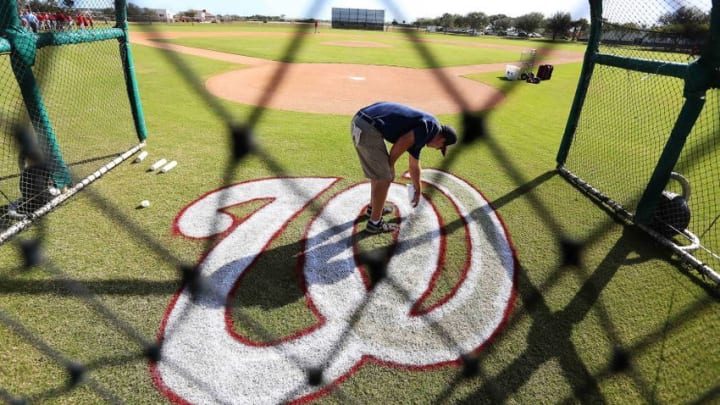
The Washington Nationals finished short of their pursuit of the World Series in 2016. After some big offseason moves, what is left on the farm to help in 2017?
An Introduction
Our minor league top 10 series is coordinated by Benjamin Chase, one of our contributors at Call to the Pen.
He has pored over thousands of minor league games over the course of the year via milb.tv along with speaking with a number of team and independent scouts. These lists are based out of those conversations.
Each system will have prospects from 10 to 1, and then finish with one newcomer to the system that is worth keeping an eye on that is not in the top 10 at this time.
Conversations are certainly encouraged in the comments section on each system as we go along!
The Nationals have bid high on tools on the international market and been willing to take risks in the draft
Nationals System Review
Washington pushed their chips in to the center of the table with their trade for Adam Eaton this offseason, trading three of the guys who would have been top six guys on this list in their deal for Adam Eaton, and they’re still in talks to find yet another piece to really push all-in for the 2017-2018 seasons before they start to see guys like Bryce Harper, Jayson Werth, Gio Gonzalez, Daniel Murphy, and others hit free agency after the next two seasons.
The Nationals have bid high on tools on the international market and been willing to take risks in the draft on guys who had Tommy John surgery or have seen either a performance spike or drop just before drafting, usually a yellow flag to most teams.
This has led to a lot of high-ceiling prospects in the Nationals system, but they’ve also seen many of those guys flame out as well before they hit the upper minors.
The Nationals have actually seen some of the most successful players in their development be guys who were more high-floor than high-ceiling types, guys who have developed along the way as solid fourth outfielder types or back end starters.
While the Nationals have this window, it makes sense to push all in, especially with their financial position in the future in limbo currently.
Let’s take a look at the top 10!
Next: #10
